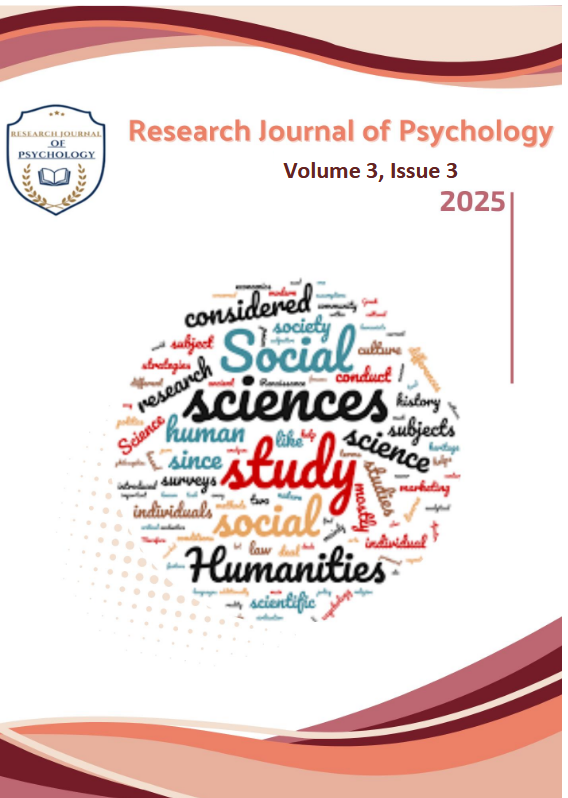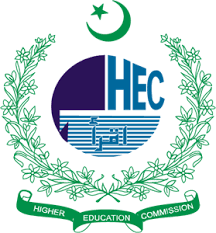Impact of Animation Technique on Students Academic Achievement in Chemistry at Secondary Level
Keywords:
Animation Techniques, Students Academic Achievement, Chemistry, Secondary LevelAbstract
The study's goal was to determine how animation techniques affected the academic performance of ninth-grade secondary school students in Multan. In addition to testing null hypotheses, three objectives and research questions were posed and addressed. The study used a non-randomized pretest-posttest quasi-experimental design. The population consisted of male ninth-grade chemistry students in the Multan Secondary School district during the 2021–2023 school years. Traditional methods were used in the class labeled as the control group, while the lectures in the class designated as the animation group were delivered using animation techniques through animated videos by LCD. Eighty-five (85) students from two complete classes were sampled. The Chemistry Achievement Test (CAT) is one of the instruments used to collect data. The research questions are answered using statistical tools such as percentages, mean (x̅), and standard deviations. The research hypotheses were analysed using the independent sample t-test and the paired sample t-test. The study's conclusions showed that using animation as a teaching method could improve students' chemistry performance.
Downloads
Published
How to Cite
Issue
Section
License
Copyright (c) 2025 Research Journal of Psychology

This work is licensed under a Creative Commons Attribution 4.0 International License.







